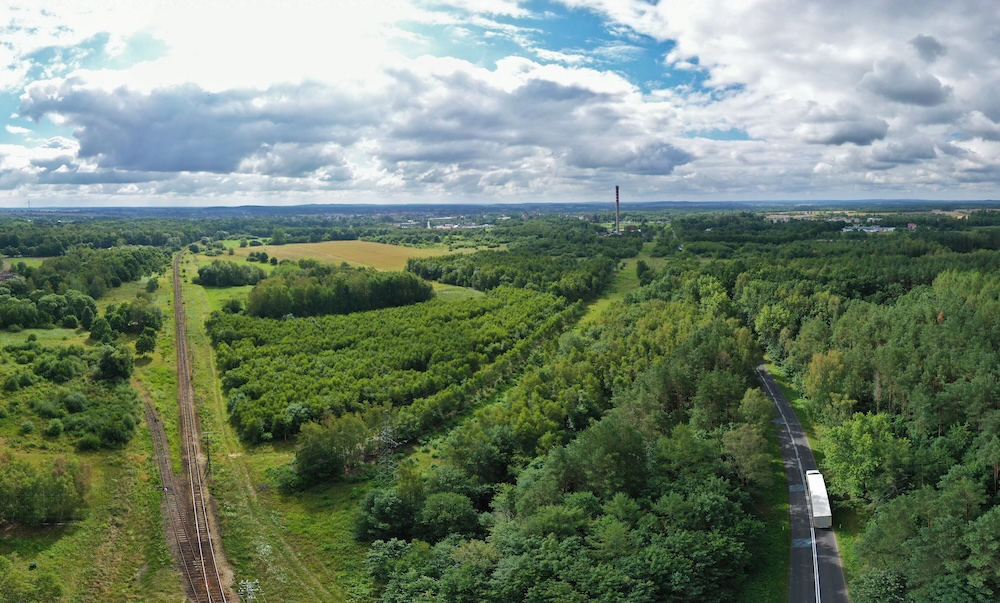 Maggie Simpson Director General, Rail Freight Group
Maggie Simpson Director General, Rail Freight Group

With the effects of climate change continuing to make headlines, many companies are keen to promote their green credentials and show how they are reducing their carbon footprint. Using or increasing rail freight is seen as a positive step for a company seeking to promote an environmentally-friendly supply chain strategy.
However, as we all know, and especially in these difficult economic times, decisions on whether to use rail instead of road have to include consideration of the difference in the relative costs. In the end, the PR story and sustainability credits earned by using rail will not win the argument if the costs of rail are significantly higher.
The Chancellor Jeremy Hunt decided not to increase fuel duty in the Spring budget, meaning that the 5p cut in fuel duty, first introduced in 2022, was extended for another year. The decision is disappointing for rail freight, contributing to an increasing gap between road and rail costs which risks hampering growth.
Pump prices are made up, essentially, of two parts: the oil price set by the global market, and duty, set by UK government. Oil price is highly volatile but, if you take both parts, the price per litre on the forecourts today has hardly moved in real terms since 2012, despite cumulative inflation of around 48 per cent since that point. Fuel duty itself is now lower than it was in 2009 both for road petrol and diesel.
This contrasts with rail, where passenger fares and freight track access charges have both risen significantly over that period. Track access charges are inflated annually, and over time there has also been a redistribution of variable charges from passenger to freight. This means that freight trains, and bulk in particular, are paying significantly more now than a decade ago. Indeed, some bulk flows are paying 140 per cent more in track access than they were in 2010, and with further significant rises to come over the next two control periods. Some customers are expecting a 25 per cent real terms increase over the next five years, putting further strain on the cost line.
This is starting to make a noticeable difference in customer sentiment. The drive to use more rail freight remains strong but it must be affordable matching the costs of alternative modes. At present, the cost differential is making this harder to achieve. So, what can be done about it? One area is to try and better understand why freight access charges have risen so much. The ORR has started some work to look at options for future control periods which is welcome, and we hope that they will also look at how Network Rail’s efficiency flows through into the level of charge. There are also options to try and reduce the complexity of the access charging process, which currently has several thousand different entries for different types of wagons and commodity.
There is also an option to give time limited discounts on access charges for novel new routes and services. This would be particularly helpful in the retail sector, where new trains need time to build up new customers and increase volumes to economic levels. Again, this is being investigated as an option.
Ultimately though, if Government wants to meet its net zero obligations it will have to tackle road fuel duty. In a world where businesses are under ever increasing pressure to reduce carbon emissions it is surely perverse that road taxation is at its lowest level for over a decade. And if, over time, diesel and petrol vehicles are replaced by battery or alternatively fuelled versions, then it is obvious that there will have to be a taxation system to replace fuel duty. Perhaps that could include a great alignment between modes, ensuring that road and rail freight are priced fairly to ensure that the most efficient multimodal logistics can be delivered for customers.
For more information, please visit: www.rfg.org.uk